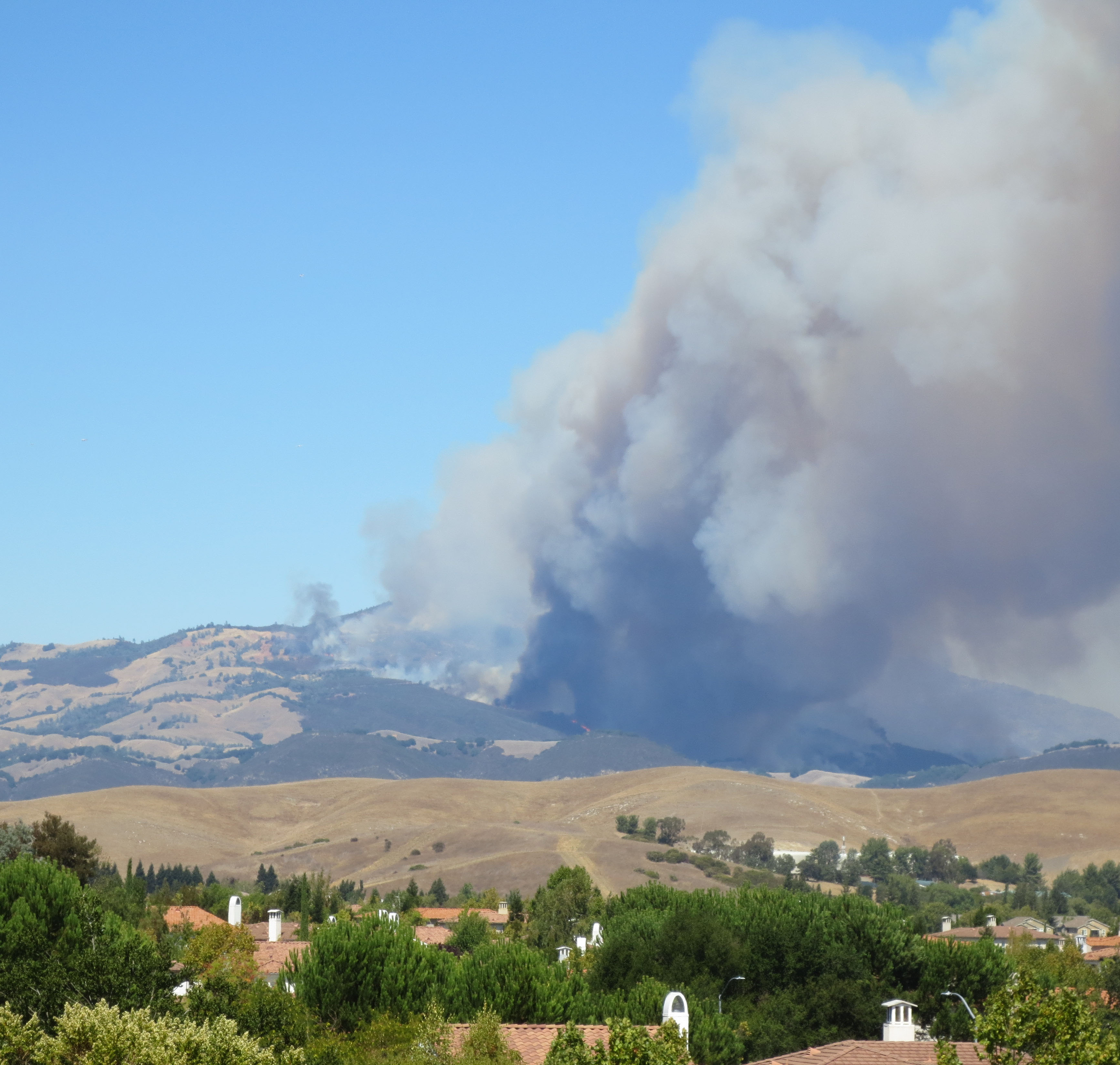
June 26, 2020
Dear Everyone:
When I was studying for the Certified Records
Manager (CRM) Exam, about fifteen years ago, I was helped along by some
useful tips and suggestions.
This included some sample questions that had actually appeared on
previous issues of the exam.
One of these was:
“What is a Class 4 Disaster?”
I conscientiously memorized the answer.
Then one day it occurred to me, “What if they ask about a Class 3
or a Class 5 Disaster?” So,
I dug around and found a list of the Seven Classes of Disasters:
Class 1:
Most severe conceivable; national in scope.
Example: Nuclear
attack.
Class 2: Severe natural
disaster affecting local area.
Example: Earthquake,
flood, tornado.
Class 3: Destruction of
major building of an organization during working hours.
Example: Fire in a
manufacturing plant.
Class 4: Destruction of
major building of an organization during nonworking hours.
Example: Fire in the
Federal Record Center, St. Louis.
Class 5: One or two
functions of an organization affected.
Example: Bomb thrown
into tape library or computer center.
Class 6: Subfunction
affected. Example:
Research notes of chemist destroyed.
Class 7: Lost document.
Example: Letter of
commendation lost.
And yes, I memorized them all.
And yes, one of the questions on the actual test that I took was,
“A Class 7 Disaster is:”
“Answer: The loss of a
single document.”
And yes, I know of an actual occurrence.
The company where I used to work had a permit to build a
cogeneration station in a local town.
That means they wanted to be able to generate their own
electricity in the case of one or more of the aforementioned disasters.
But when they went to start building it, they couldn’t find the
permit. Looked everywhere.
Couldn’t find it.
So, they proceeded to apply for another permit.
However, word got out and the neighbors raised such a fuss that
the whole project was ultimately scrapped.
Thousands of dollars spent on getting the permit in the first
place; thousands of dollars spent on equipment that could not be used.
The loss of a single document can really be considered a
Disaster.
Today we are facing another kind of Disaster.
An epidemic is a natural disaster, since it caused by something
natural, i.e., a new mutation of a virus.
However, this Disaster is certainly affecting more than just one
region, or even one nation.
This is a Global Disaster.
Nothing like this was considered back when the
list, from a book originally published in 1974, was first established.
Back then, an epidemic was limited by geography.
People didn’t routinely flit from one continent to another in
less than a day, carrying contagion along with them, however
unwittingly.
And what started as an epidemic in one country
quickly developed into a Pandemic affecting every continent with the
possible exception of Antarctica.
Because of the Pandemic, some of the world’s
intertwined economies have gone into a complete tailspin.
Millions of people have lost their jobs because commercial
establishments have been forced to close their doors, at least for a
while.
On the Plus Side:
Unlike most natural disasters, this one has not destroyed any
property. No smoking cities
in ruin. No complete
neighborhoods wiped out in a matter of minutes.
The insurance companies appear to have lucked out this time.
Maybe the people who developed the list should
reconsider. I think we need
something a tad bit higher than “Class 1”.
What to do in the meantime?
Let’s face it:
It’s very difficult to judge the best course to take when the
entire world is on tumble dry.
In the immortal words of Doctor Who:
“Hold tight and pretend it’s a plan.”
-- Steven Moffat
Love, as always,
Pete
| Previous | Next |